The alarm went off at 4.30 am in the morning, followed by a 73 km drive to the Wai’anae boat harbor. The tours started early and the boat needed to get ready for the tour guests. But once out on the ocean, in the middle of spinner dolphins riding the bow or leaping out of the water and spinning within a hands reach from the boat, it seemed all worth it.

Wild Dolphin Foundation – Experience Spinner Dolphins
by Sovidias
Years ago, I decided to do all kinds of volunteering work for several reasons; one of the most rewarding was with the Wild Dolphin Foundation.
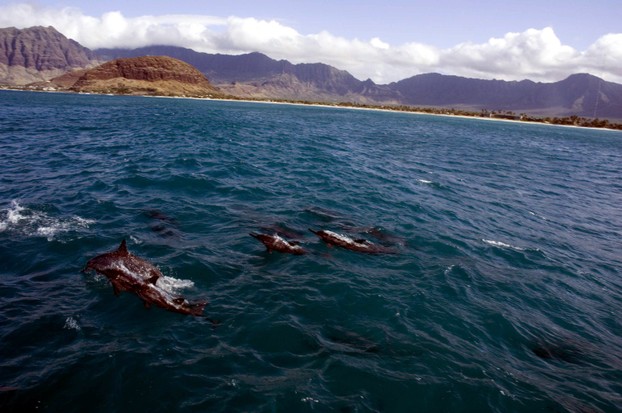 Wai'anae Coast All photos by Sovidias |
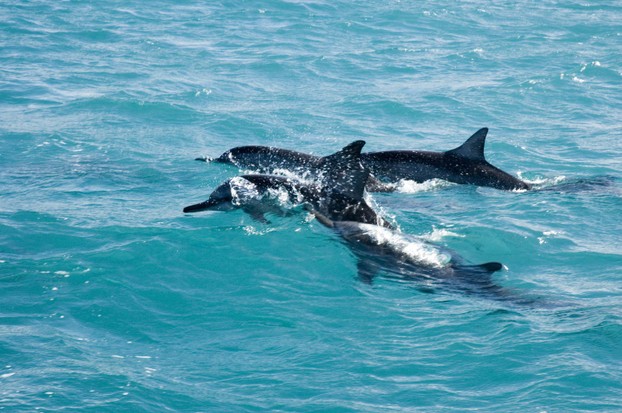 Dolphins can almost always better be seen from the boat than in the water 'swimming' with them |
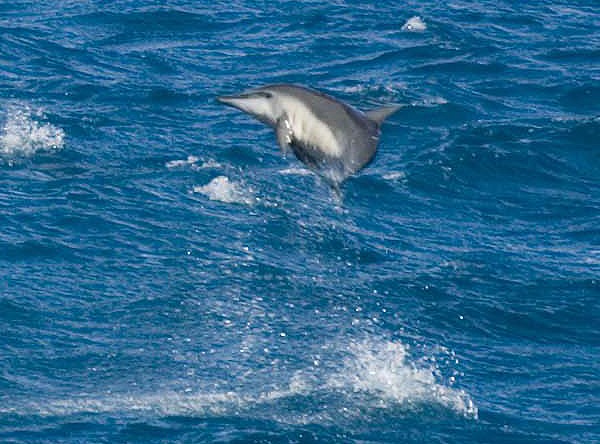 Spinning Calf |
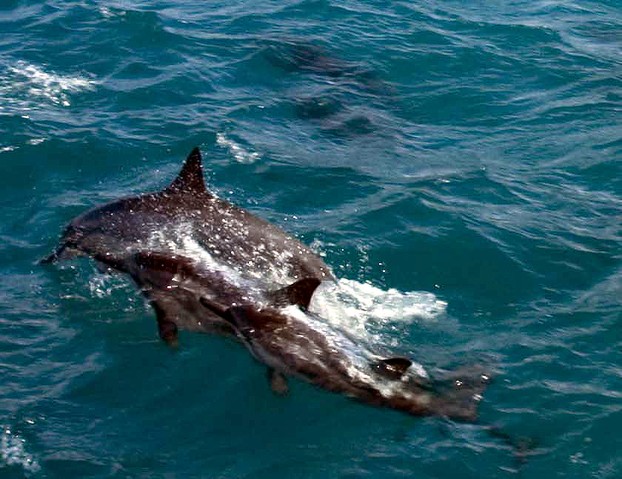 Swimming in sub groups |
Not every tour operator is the same
WDF is a non-profit organization, whose mission is to protect dolphins, especially spinner dolphins through tracking individuals and pods and monitoring their behavior. They operate dolphin and whale watching tours through 'Wild Side Specialty Tours' with the emphasis on not disturbing or influencing natural behavior of those marine mammals. They try to educate and raise awareness about the importance of the right approach towards them (which basically means minimizing interaction wherever possible).
Even though encounters with marine mammals are regulated to a certain extent through the Marine Mammal Protection Act (MMPA) of 1972, the majority of Dolphin tours guarantee their eager guests a ‘swimming with the dolphins’ experience up to the point where they chase pods to keep their clients satisfied. Leapfroging is a popular technique, where they steer the boat ahead of the pod, drop off the passengers in the water, and chase the pod toward the swimmers. In other instances, when dolphins are in a protected bay, the boat is used as barrier to block off any other way out into the open ocean, forcing them to pass the boat closely.
In development countries, businesses saw the opportunity with this kind of ‘eco tourism’ and business is booming without any regulations.
 | DOLPHIN CLOUD Swirly Metal Wind Spinner Everything we make is made with pride by a small family business located within the US. Only $29.95 |
 | VWPics Dolphins - Spinner dolphin, Stenella longirostris, Namu atoll, Marshall Islands (N. Pacifi... Spinner dolphin, Stenella longirostris, Namu atoll, Marshall Islands (N. Pacific) Cap is new commercial quality high resolution heat transfer product. Hat is perfect for any act... |
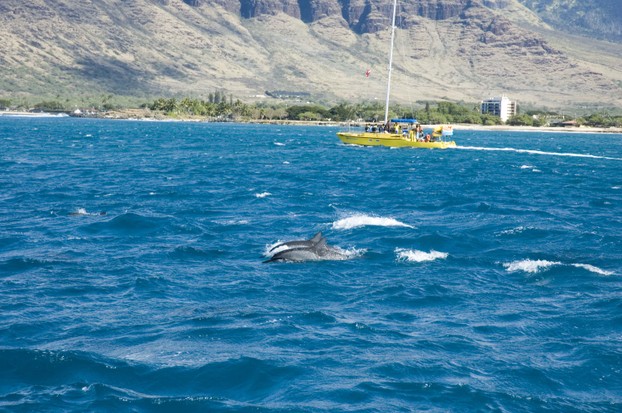 Tour Boat |
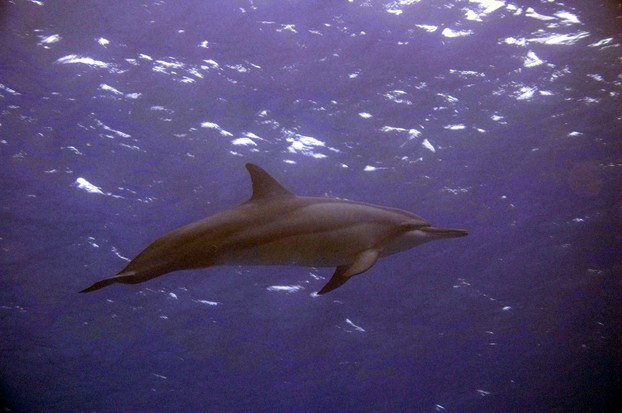 Spinner Dolphin |
 | Spinner Dolphins Underwater along Hawaii's Kona Coast - 24"W x 16"H - Peel and Stick Wall Decal b... WallMonkeys wall graphics are printed on the highest quality re-positionable, self-adhesive fabric paper. Each order is printed in-house and on-demand. WallMonkeys uses premium ... |
Why not to pester wildlife
Dolphins come to near-coastal waters to rest in the shelter of the bays. The bays offer protection from their natural predators, mostly sharks. They don’t sleep like humans, but rather only shut one half of the brain and the opposite eye off at a time, usually swimming slowly close to the surface. They also use the time close to the Islands for activities like socializing, mating, etc. All those activities are many times seen as an opportunity to get people close to the animals. It’s a given that increasing human activities negatively impact their behavior. Too many tour boats trying to get close no matter what result in splitting groups, interrupting rest time, and otherwise disrupting important activities, thereby changing the natural behavior of those wild animals to the worse.
More about dolphins
What does the law say
Under the MMPA, it is illegal to harass any marine mammal. It is explicitly against the law to feed or pursuit dolphins. Just a few reasons are that feeding makes them lose their fear of sharks and humans (which is especially bad since we know that they are still being caught and slaughtered in certain parts of this planet), and prompts injuries by getting them too close to boats. They get sick by eating the wrong food, and it disturbs their social behavior.
A discussion has been going on for quite a while now about implementing more restrictions and putting the code of conduct into law, like a minimum distance of 50 m, maximum observation time of 30 min, and no encircling/trapping. Since 2007, the ‘Dolphin Smart Program’ offers tour boat operators, who voluntarily adhere to responsible business practices and certain dolphin protection guidelines, to get evaluated and recognized as member. The acronym stands for the basic principles of the program,
Stay at least 50 m away,
Move away slowly if dolphins show signs of feeling disturbed,
Always put the engine in neutral when dolphins are near,
Refrain from feeding, touching, or swimming with them,
Teach others.
Ocean etiquette should of course not only be followed by boat operators and their passengers. Many times accessible shores, like on Oahu’s West side, make it easy to reach the dolphins via swimming, kayaking, stand up paddling, etc. All those activities might be the reason for the declining number of spinner dolphins in known resting areas.
You might also like
The Hawk Conservancy TrustSituated in Andover the Trust contributes to Raptor conservation and rehabili...
Five of the most required volunteering jobsVolunteering is an unforgettable experience which can also help you in develo...
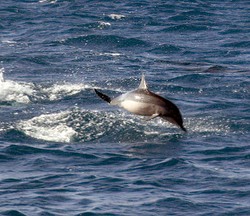

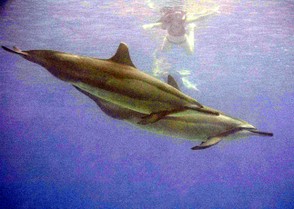

 Festive Meatloafon 07/23/2012
Festive Meatloafon 07/23/2012
 Largest US Marine Protection Areaon 07/15/2012
Largest US Marine Protection Areaon 07/15/2012
 Hawaii Marine Life Encounters, Above and Under Wateron 06/27/2012
Hawaii Marine Life Encounters, Above and Under Wateron 06/27/2012
 A Summer Camp for Nature Freaks and Much Moreon 06/15/2012
A Summer Camp for Nature Freaks and Much Moreon 06/15/2012

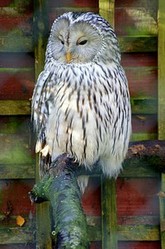
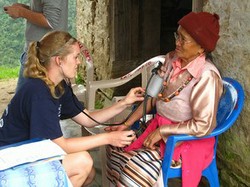
Comments